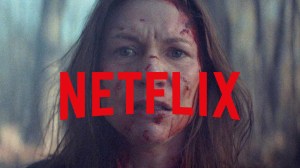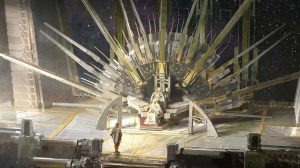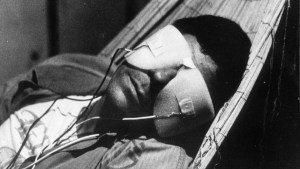The X-Men are one of Marvel’s most beloved and successful properties, headlining major events and anchoring some of the publisher’s most celebrated storylines. That’s because the team’s core concept, mutants as a metaphor for marginalized people, allows their stories to be constantly renewed by tackling complex social issues. This powerful allegory for structural racism, homophobia, and the immigration crisis has cemented the X-Men’s appeal for decades, ensuring their struggles resonate with each new generation of readers. However, keeping a franchise fresh for over 60 years means taking creative risks and pushing characters in dramatic directions. Unfortunately, in the quest to generate high stakes and compelling conflict, Marvel has sometimes made controversial decisions that have been widely disliked by the fanbase.
Videos by ComicBook.com
Marvel Comics’ creative choices have occasionally damaged the core appeal of the characters or undermined the very metaphor that makes the X-Men so powerful, with certain storylines leaving a lasting negative mark on the franchise. These moments represent the lowest points in mutant history, where beloved heroes were pushed to their narrative breaking point and the foundational ideas of the X-Men were tested in the worst ways possible.
7) Gambit’s Betrayal

Uncanny X-Men #350 reveals that long before he joined the X-Men, the thief Remy LeBeau sought out the geneticist Mister Sinister to gain control over his explosive mutant powers. In return, Gambit was forced to assemble a team of mercenaries who would become known as the Marauders. Gambit then led this group into the Morlock tunnels, where they proceeded to carry out the horrific “Mutant Massacre,” slaughtering the underground community. Although Gambit was horrified and tried to intervene, his initial involvement made him complicit in one of mutantkind’s greatest tragedies. This retcon was a deeply damaging mark on his character, transforming the charming rogue into an accessory to genocide. For years, this act made him an unforgivable traitor in the eyes of many fans and some of his fellow X-Men, fundamentally altering his heroic potential and casting a dark shadow over his past.
6) The Mutant Cure

The concept of a “mutant cure” has been a recurring philosophical challenge for the X-Men, most notably in Joss Whedon’s influential run on Astonishing X-Men. In that storyline, Dr. Kavita Rao develops a serum that can erase the X-gene, offering mutants the chance to become fully human. While this created a powerful internal conflict, particularly for mutants whose powers caused them pain, the idea itself is problematic. The mutant metaphor is most effective when it parallels identities like race or sexuality, which are not illnesses to be “cured.” Framing mutation as a disease that can be medically reversed fundamentally undermines the core message of pride and acceptance that the X-Men stand for, reducing a core part of their identity to a biological problem that can be solved. This premise feels antithetical to Charles Xavier’s dream of coexistence, but the fact that Whedon’s storyline has the X-Men working to destroy the cure is equally controversial, as the heroes are unilaterally taking away each mutant’s right to choose.
5) Professor X Becomes a Villain

Charles Xavier has always been portrayed as a flawed idealist, but the 2006 miniseries X-Men: Deadly Genesis recast him in a much more sinister light. The story revealed that before sending the famous international team to rescue the original X-Men from the living island Krakoa, Xavier had secretly sent another, younger team, who were all presumed killed in the failed attempt. To cover up his failure and protect his reputation, Xavier then used his telepathic powers to mind-wipe Cyclops and any other survivor who knew the truth. This stunning retcon fundamentally changed Xavier’s character from a well-intentioned mentor into a morally bankrupt manipulator willing to sacrifice children for his goals. It tainted the legacy of the iconic Giant-Size X-Men #1 and established a pattern of villainy that has followed the professor for years.
4) The Extermination Event
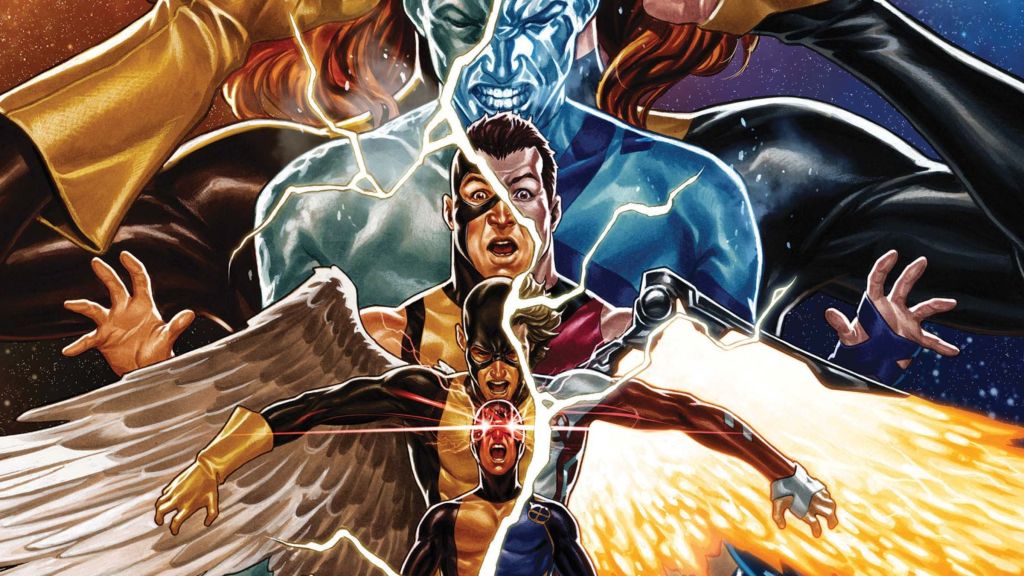
The 2018 event Extermination was created to resolve the long-running and convoluted storyline of the time-displaced original five X-Men living in the present day. The five-issue series saw a younger version of Cable hunting down the teenage mutants in order to forcibly send them back to their own time to fix the fractured timeline. The event was widely criticized for its messy plot and mean-spirited tone, which included the gratuitous murder of the original Cable. His death served as little more than a cheap plot device to establish the stakes, angering longtime fans of the character. In addition, the entire event felt like a needlessly cruel conclusion to a story arc that had already overstayed its welcome, representing a creative low point for the franchise during this era.
3) The War Against the Inhumans
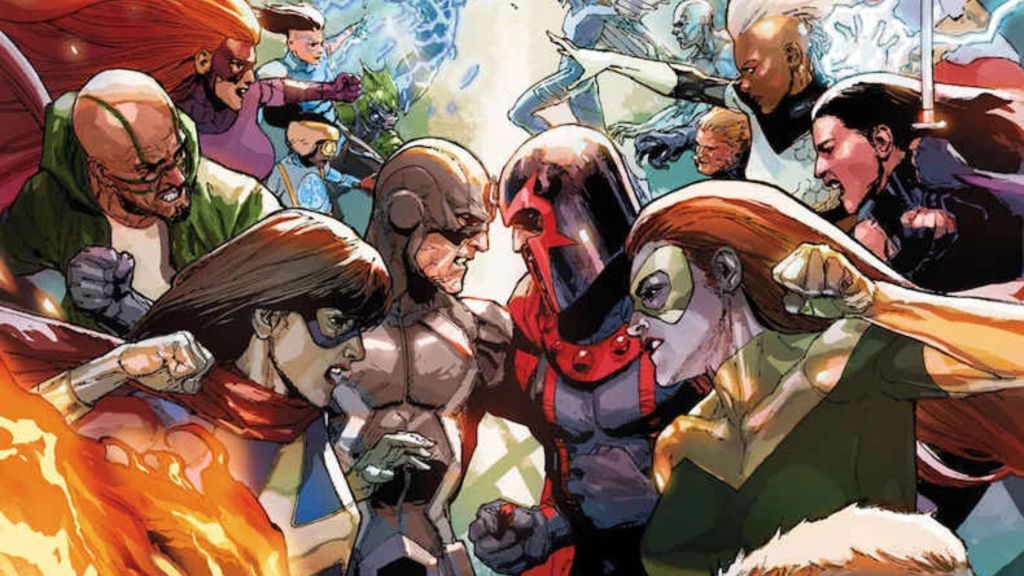
In the mid-2010s, Marvel was editorially focused on promoting the Inhumans as a potential replacement for the X-Men, largely due to film rights issues. This corporate strategy culminated in the 2016 event Inhumans vs. X-Men. The story was built on the premise that the Terrigen Mists, the substance that activates Inhuman abilities, was now toxic and lethal to mutants. This forced the two teams into a conflict over the survival of their respective species. The storyline was deeply unpopular with fans, who saw it as a transparent attempt to sideline the mutants in their own books. It positioned the X-Men as a reactive and victimized group, fighting a losing battle against characters that readers had little investment in, all in service of a clear corporate mandate.
2) Scarlet Witch Is Not a Mutant
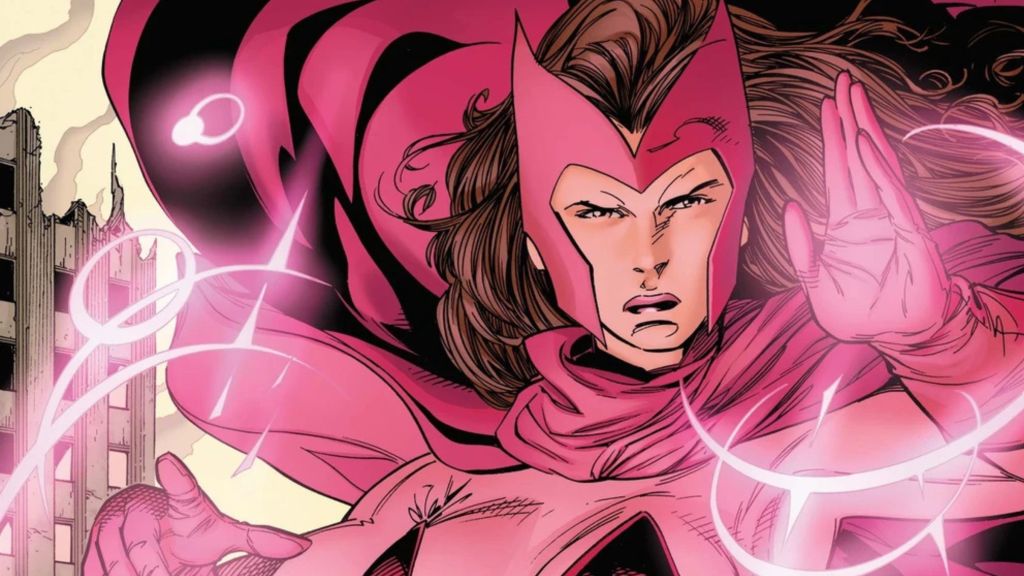
For decades, Scarlet Witch and Quicksilver were established as the mutant children of Magneto, a family connection that produced some of the most compelling drama in Marvel’s history. However, the 2014 event AXIS retconned this history, revealing that the twins were not mutants after all but were instead genetic experiments conducted by the High Evolutionary. This decision was widely seen as a move to align the comics more closely with the Marvel Cinematic Universe, where the characters’ rights were shared with Fox and their mutant origins could not be explicitly mentioned. The retcon was a disservice to all characters involved, erasing a rich history purely for the sake of corporate synergy.
1) “No More Mutants”
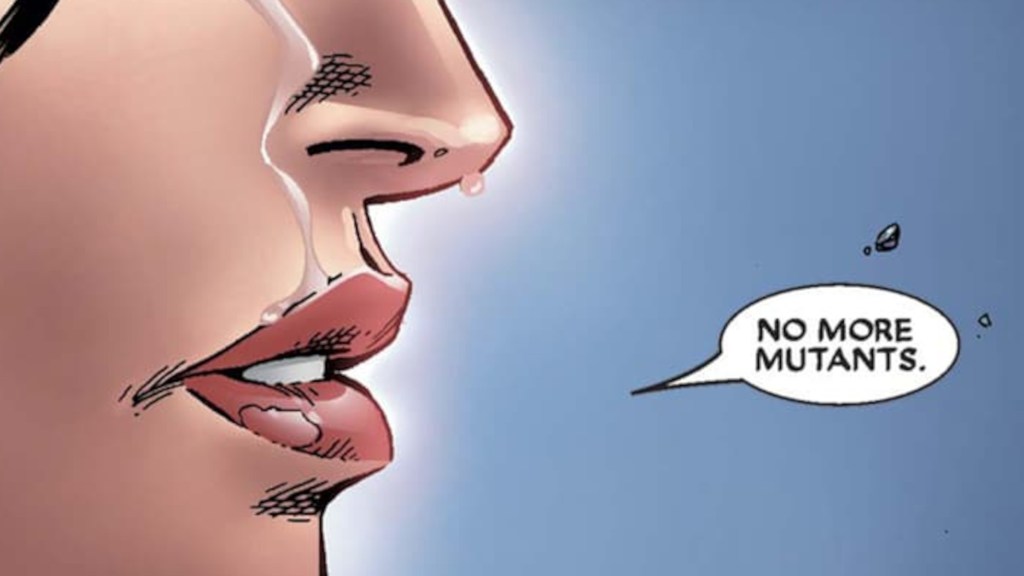
The single most devastating event in the history of the X-Men occurred at the conclusion of the 2005 miniseries House of M. After creating an alternate reality where mutants were the dominant species, a mentally unstable Scarlet Witch restores the original timeline with three words: “No more mutants.” This single magical utterance depowered over 90 percent of the world’s mutant population, reducing them to an endangered species on the brink of extinction. This event, known as the Decimation, trapped the X-Men in a grim narrative of survival. It stripped away the optimism and hope that were central to the school’s mission, turning mutants into a perpetual victim class. While an enticing idea at first, the act became a creative black hole that fundamentally broke the franchise, and the X-Men took over a decade to begin recovering from its long-lasting damage.
What other Marvel decision would you add to this list? Leave a comment below and join the conversation now in the ComicBook Forum!





